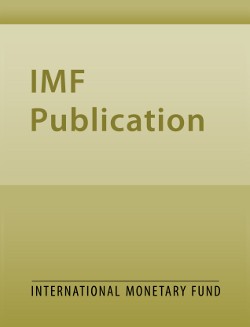
Economic and Monetary Integration and the Aggregate Demand for Money in the EMS
This study shows that the aggregate demand for M1 in the group of countries participating in the Exchange Rate Mechanism (ERM) of the European Monetary System can be expressed as a stable function of ERM-wide income, inflation, interest rates, and the exchange rate of the European Currency Unit (ECU) vis-à-vis the U.S. dollar. A notable feature of the model is the rapid elimination of monetary disequilibria, in contrast with most single-country estimates which tend to find implausibly slow adjustment. These results are suggestive: if robust, they would indicate that, even at the present stage of economic and monetary integration, a European central bank could, in principle, implement monetary control more effectively than the individual national central banks.
Publication date: March 1990
ISBN: 9781451921045
$10.00
Add to Cart by clicking price of the language and format you'd like to purchase
Available Languages and Formats
| Paperback | ePub | Mobi | ||
| English |
Prices in red indicate formats that are not yet available but are forthcoming.
Topics covered in this book
This title contains information about the following subjects.
Click on a subject if you would like to see other titles with the same subjects.
Economics- Macroeconomics , Economics / General , International - Economics , money demand , demand for money , equation , inflation , statistics
Summary
Copyright © 2010 - 2025
Powered by:
AIDC



